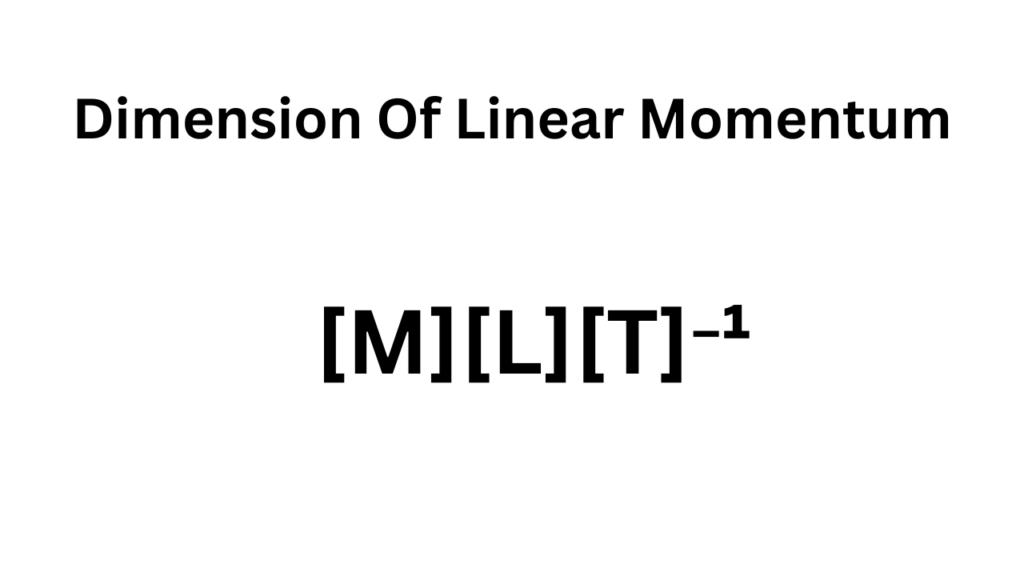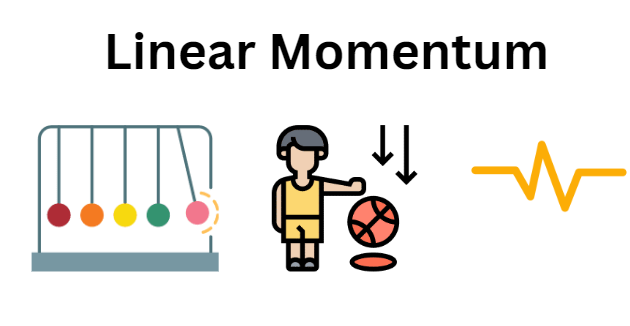The dimension of linear momentum and impulse has the same dimension formula which is [M][L][T]⁻¹. linear momentum, also known as momentum, is a fundamental concept in physics that describes the motion of an object. The dimension Of Linear Momentum s given below.
It is a vector quantity that quantifies the amount of motion an object possesses and its direction. Linear momentum is closely related to the concept of inertia and is defined as the product of an object’s mass and its velocity.
Detailed Explanation
The concept of linear momentum is closely related to the principle of inertia, which states that an object will remain in its resting position unless acted upon by an external force. Momentum captures this notion of motion and describes how difficult it is to change an object’s state of motion.
Force (F) = rate of change of momentum (dp/dt)
This equation highlights the relationship between force and momentum, indicating that a force applied to an object will cause a change in its momentum over time. Conversely, if no external force acts on an object, its momentum remains constant, a principle known as the conservation of momentum.
Mathematically, the linear momentum of an object can be calculated using the following formula:
Linear Momentum (p) = mass (m) × velocity (v)
in simple we can say that,
P= MV
M= Mass
V=Velocity

What Is Dimension Of Linear Momentum
The dimension of linear momentum depends on the chosen system of units. In the International System of Units (SI), the dimension of linear momentum is given by:
[M][L][T]⁻¹
where: [M] represents the dimension of mass (kilogram, kg), [L] represents the dimension of length (meter, m), [T]⁻¹ represents the dimension of time (second, s) raised to the power of -1.
So, the dimention in SI units is kilogram-meter per second (kg·m/s).
In other systems of units, such as the British Imperial System, the dimensions would be different based on the units used for mass, length, and time. However, regardless of the unit system, the formula always involves the product of mass, length, and inverse time. To know more about linear momentum click here.
Our Opinion
As the definitions can not be changed by anyone, after hard research we have provided this information for your development. This provided information will help in many ways for example exams or competitive exams like NEET and JEE exams. Apart from the exams it will help you to develop your IQ.
